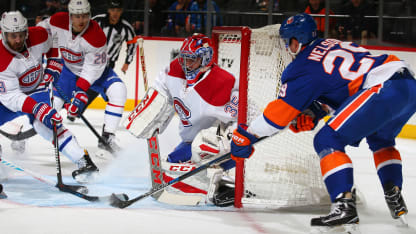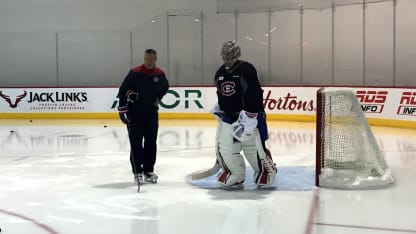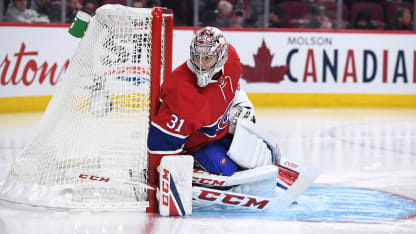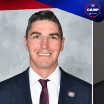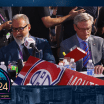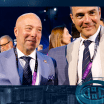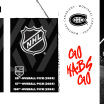MD: You talked about changing the plan in exceptional circumstances. That's happened already and it will likely happen again during the season. How do you manage an urgent situation like that in a timely way? How do you decide whether or not to keep a goalie in the net when he's having a bad night or when the team isn't playing well or you just need to give the team a little spark? Michel Therrien talks a lot about working as a team, even among the coaching staff, so how do you approach a situation like that?
SW: There are a lot of factors, and you don't have much time to make a decision. First, I look at my goaltender; is he struggling? Is he shaky? Does the team have a chance to come back and get back into the game? If I see the team is playing well and we're getting a lot of scoring chances and we're behind by two or three goals, you'd look at that and say, "Ok let's make a change. This is the time." If the team isn't in it, or maybe you're playing the next night, that's something else to consider. Is it a young guy or a veteran? Those are things to look at. You'd want to protect a young guy, but you know your veteran can handle a little more and will be able to move on from it. Is it your starter or your back up in the net? You'd want to protect your starter. There are a lot of things you have to analyze in a space of about five minutes between periods. There's a lot of thought that goes into it. When we're deciding to make a change, I like to talk to my goalie between periods to see how he feels and if he's comfortable staying in or not. That's important. The last thing you ever want to do is embarrass your goaltender, whether he's your starter or your back up. You never embarrass them. We had a situation this year in Columbus that was one of the hardest decisions I've ever had to make as a goaltending coach in 35 years. It was tough, but we had good reasons for it. Like I told Michel, there wasn't a "good" decision to make, just the "least bad" decision, and that's what we did. That kind of thing happens and you have to live with it, but it's always touchy.

